All Science
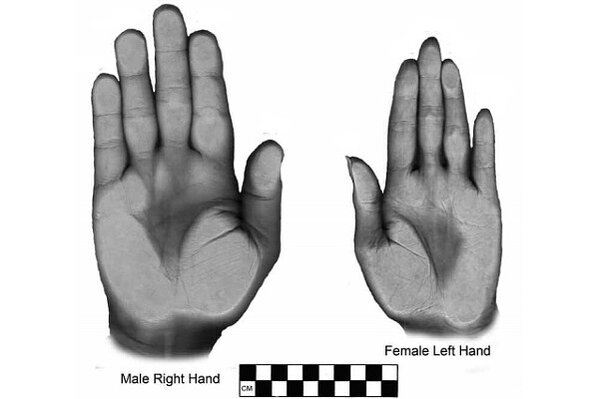 Were most cave painters women? Their hand prints say yes.
Were most cave painters women? Their hand prints say yes.Cave paintings around the world often include hand stencils, impressions left by blowing paint around a hand. A new study measured those hands and concludes that 75 percent of hand prints in Spain and France show women's hands, not the hands of men or boys as has long been assumed.
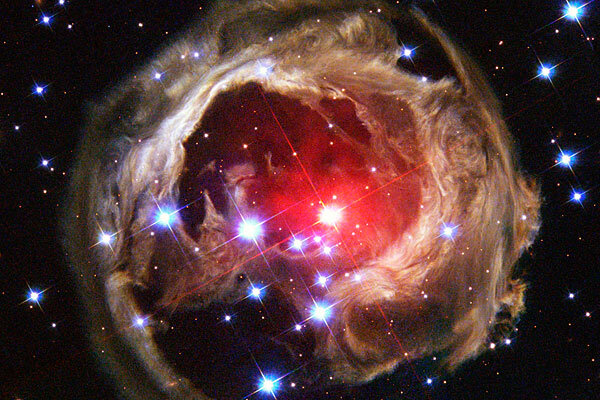 As largest star in Milky Way dies, fascinated scientists look on
As largest star in Milky Way dies, fascinated scientists look onA red supergiant star that is 1,500 times larger than the sun is in its death-throes. Scientists rarely see the demise of such massive stars, and they stand to learn a lot from the data.
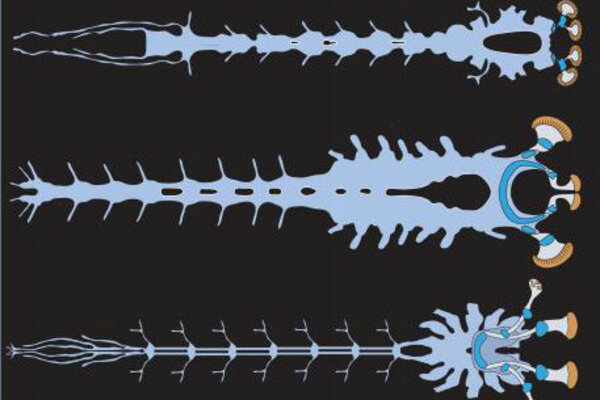 Scientists discover world's earliest known brain
Scientists discover world's earliest known brainThe 520-million-year-old fossil of an extinct marine animal sports the oldest central nervous system to ever be found intact.
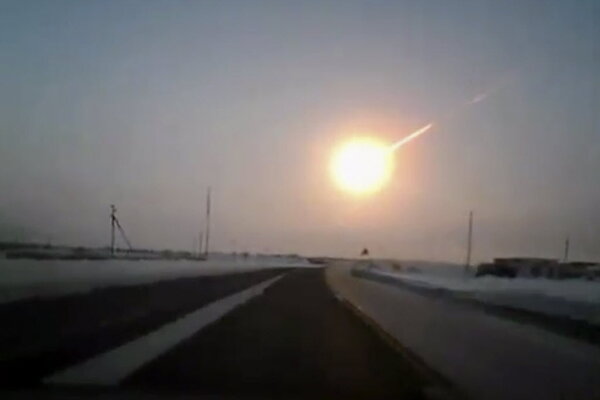 Russian meteor fragment literally breaks the scales
Russian meteor fragment literally breaks the scalesDivers have recovered what is believed to be a large chunk of the meteor that exploded over Russia’s Chelyabinsk region in February.
 Amidst controversy, Iran says it will send another monkey to space
Amidst controversy, Iran says it will send another monkey to spaceDoubts remain if Iran's last mission to send a monkey into space was in fact successful.
 Need a hug? Study details human-like way bonobos show empathy
Need a hug? Study details human-like way bonobos show empathyIn human children, research has indicated that orphans have a hard time bouncing back quickly from an emotional setback. This study points to the same patterns in young bonobos.
 46-million-year-old mosquito filled with blood is a scientific first
46-million-year-old mosquito filled with blood is a scientific firstScientists have described the first-ever fossil to be found with a blood meal inside its abdomen - a highly improbable find.
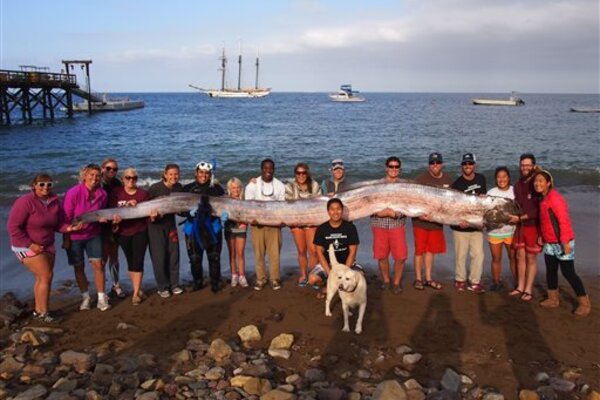 Oarfish found: Giant oarfish probably inspired sea serpent myths
Oarfish found: Giant oarfish probably inspired sea serpent mythsOarfish found: A marine science instructor happened on a silvery, 18-foot-long carcass of the rare fish that inspired old sailor tales of mythical monsters bumping under ships.
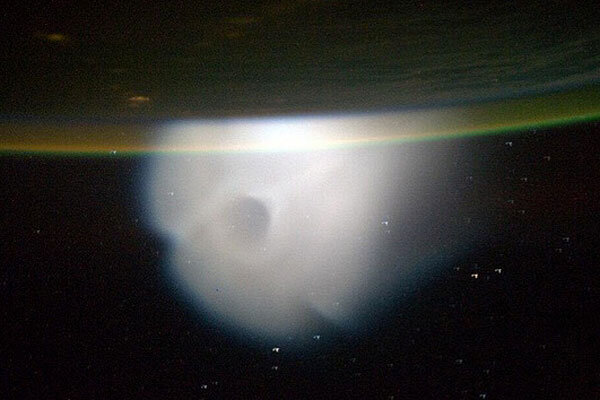 Weird space cloud spotted outside space station
Weird space cloud spotted outside space stationNASA astronaut Mike Hopkins tweeted photos of a weird looking cloud in space. It was a Russian missile launched in space, according to Italian astronaut Luca Parmitano.
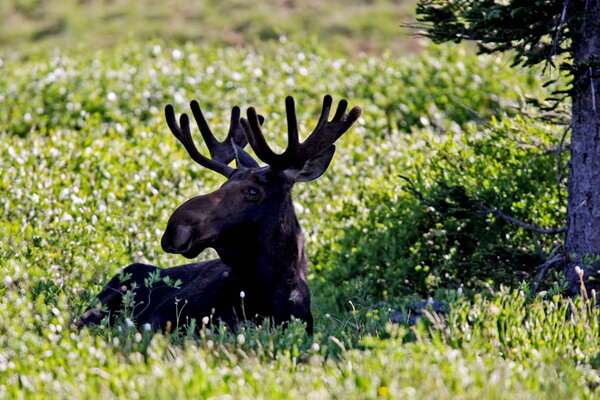 Moose die-off is massive, and a mystery to scientists
Moose die-off is massive, and a mystery to scientistsMoose die-off: All across the US, moose are dying in large numbers – and scientists haven't figured out why yet. Climate change may be behind the moose die-off.
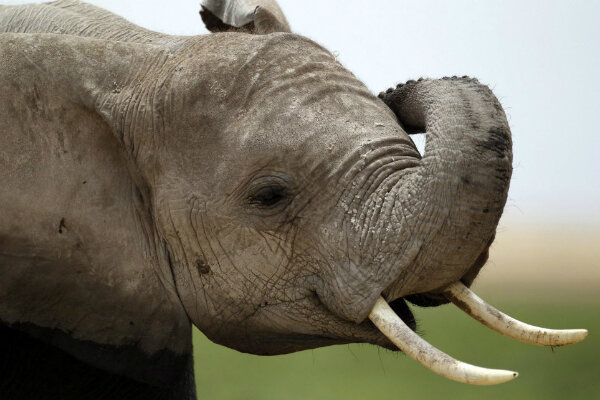 Why elephants work well with people: They get the point
Why elephants work well with people: They get the pointElephants, with no prior training, look when humans point. Researcher says this apparently in-built ability to read human social cues may account for why elephants work well with people.
 Fossils show ancient European farmers and hunter-gatherers coexisted, but stuck to their own
Fossils show ancient European farmers and hunter-gatherers coexisted, but stuck to their ownFossils unearthed in a cave in Germany show that hunter-gatherers and farmers shared a burial ground, but the skeletons' DNA indicates that members of the two groups rarely mated.
 How to beat the sea lamprey with its own pheromones, bile salts
How to beat the sea lamprey with its own pheromones, bile saltsResearchers are now closer to using the invasive species's predilection for bile salts against it.
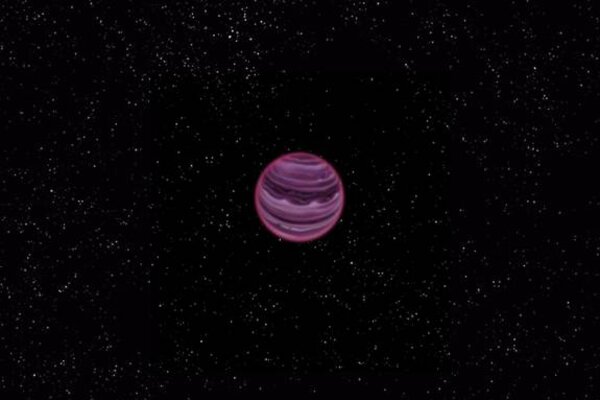 Alien planet has no star, is 'drifting out there all alone'
Alien planet has no star, is 'drifting out there all alone'Astronomers have discovered an exoplanet that – counterintuitive to what scientists know about planets – has no star.
 Scott Carpenter 'set the tone for our nation's pioneering efforts beyond Earth'
Scott Carpenter 'set the tone for our nation's pioneering efforts beyond Earth'Scott Carpenter’s sole mission to space in 1962 made him the fourth American to leave the planet and the second to orbit the Earth.
- Typhoon Nari barrels toward northern Philippines
A tropical storm barreling toward the northern Philippines has intensified into a typhoon with destructive winds and flooding rains threatening farmlands and populated areas, including the capital Manila.
- Pulverized dwarf planet could point to once-habitable star system
Scientists have found a star system that shows signatures of a water-rich past. It could be the first time scientists have linked water outside the solar system to a rocky (potentially inhabitable) body.
 NASA's Juno probe unexpectedly shuts down briefly en route to Jupiter
NASA's Juno probe unexpectedly shuts down briefly en route to JupiterNASA's Juno probe takes one last swing past Earth to pick up energy for the five-year trip to Jupiter. It's not clear what impact a 20-minute lapse into 'safe mode' had on the mission.
 Are there diamonds in Jupiter and Saturn's skies?
Are there diamonds in Jupiter and Saturn's skies?It's possible that diamonds could stud not just the metaphorical skies touted in pop songs, but Saturn and Jupiter's skies, as well
 Bill Nye is back, explains Juno mission to Jupiter
Bill Nye is back, explains Juno mission to JupiterBill Nye has launched a new miniseries on YouTube called 'Why With Nye' that covers the Juno mission to Jupiter. The series debuted online on Tuesday but has since been suspended during the shutdown.





















